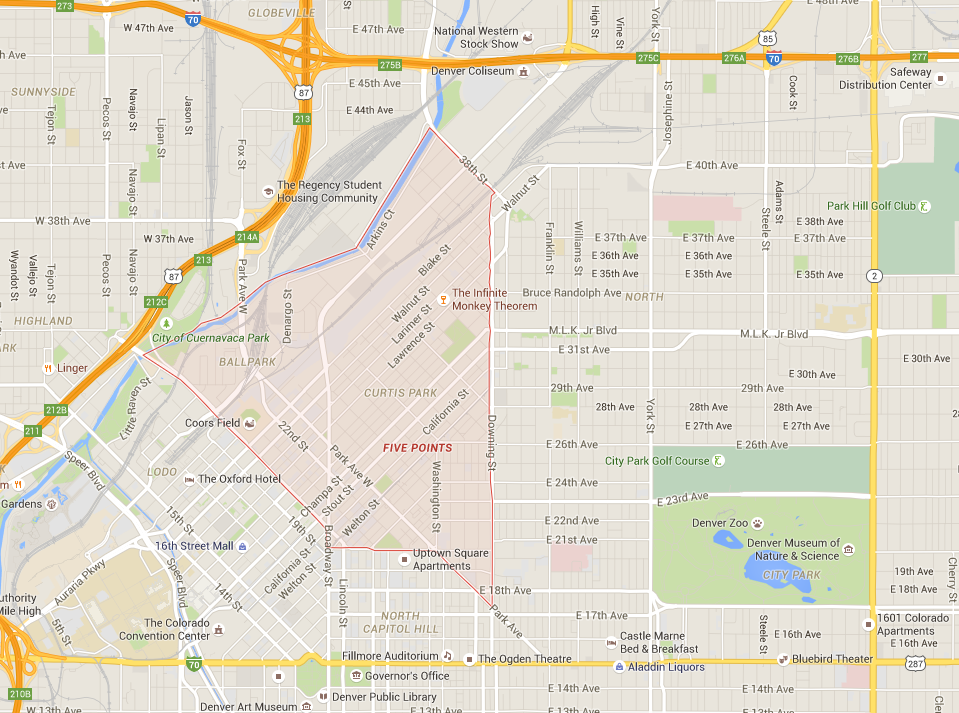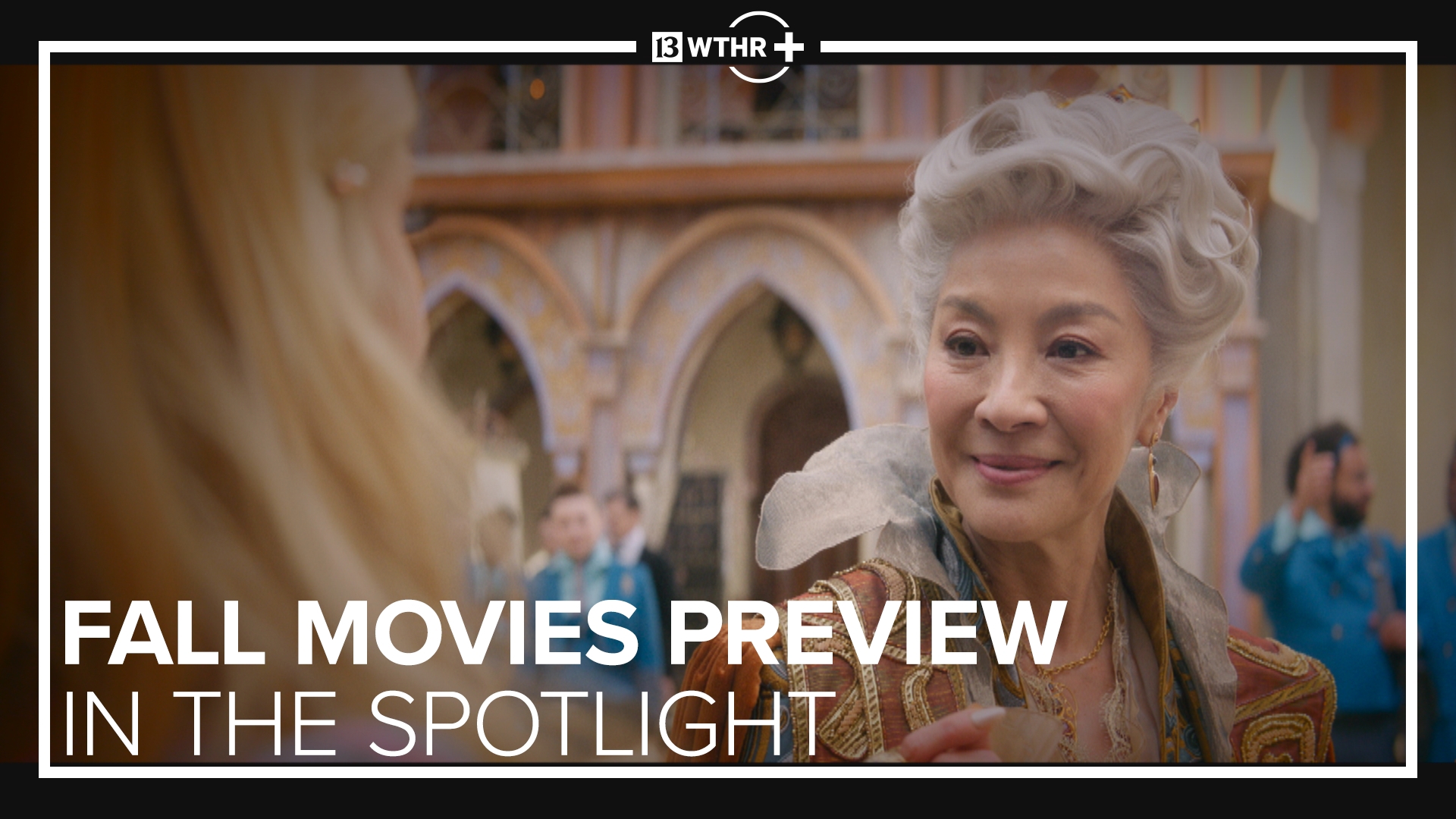![635745890783847914-IMG-0414[ID=31328773] ID=31328773](http://cdn.tegna-tv.com/-mm-/b5be176b27c8edfa001a8aaccee4970ae9ecc229/c=0-79-640-560&r=115x86/local/-/media/2015/08/08/KUSA/KUSA/635745890783847914-IMG-0414.JPG)
What is Five Points?
Named for the five-point intersection of Washington St, 27th St, E 26th Ave and Welton St, the Five Points neighborhood is one of the oldest in Denver. It was originally a primarily German, Irish and Jewish neighborhood, but quickly became the African-American community it has long been known as. The city of Denver began integrated, but soon fell to the forces of racism. Segregated African-Americans needed a sense of community, and they found it on Welton St. The "Harlem of the West" has rich history of jazz and was known as one of the best jazz hubs in the western region. It was officially designated as a cultural historic district in 2002.
Highlights
Alta Cousins Terrace
Charles Cousins pioneered affordable housing for segregated African-Americans in Denver. He wanted to help give the community both housing and employment opportunities by buying old rundown properties and then hiring and training people in the neighborhood to improve them. Cousins completed this eight-family building, which he named Alta Cousins Terrace after his wife Alta, in 1925.
The Roxy Theater
The Roxy Theater was built during the gloom of the Great Depression and helped to light up Welton St. It was Denver's only African-American movie house.
Fire Station #3
In 1888, the firehouse in Five Points was all white. By 1893, all the men on the force, except the captain, were African-American. Tragically, two years later all the men on call were killed in the line of duty. In 1897 it became the Denver's first all African-American firefighting team until the new fire station number three was built in 1931.
Five Points
The main intersection in the neighborhood shows how Five Points got its name. As railroads started to bring more people to Denver in the 1870s, neighborhoods like Curtis Park became the core of the city due to their convenient locations. Washington St, 27th St, E 26th Ave and Welton St all meet at this intersection which was named Five Points in 1881 to describe the busy streetcar stop.
The Rossonian Hotel and Lounge
The Rossonian Hotel and Lounge opened on 1929 and by the 1930s jazz joints and dance halls were lining Welton St. The Rossonian remained at the top. It was popular from World War II until the mid-1950s when both black and white Denverities would flock to the elegant club. Louis Armstrong was one of many legendary performers who frequented the Rossonian during its heyday.
Atlas Drugs
Opened in 1911, Atlas Drugs was Denver's only white-owned #drug store that allowed African-Americans to sit at the soda fountain. For the next 50 years it came to symbolize the growing strength of the civil rights movement it the city.
New Horizons and Community Union
Our last stop today: the New Horizons and Community Union. By the late 1890s Pullman railroad companies sped railroad passengers across the country in style. While conductors were white, many African-Americans found decent wages working on the cars as porters, waiters and maids. Local 465 was founded as a union for these workers to fight for equal opportunity on the job and eventually as a vanguard for the civil rights movement. Members are still welcome to relax at the second floor union building.
Stats
Median Home Value: $376,100
Median rent: $2,149
Map
(© 2015 KUSA)


